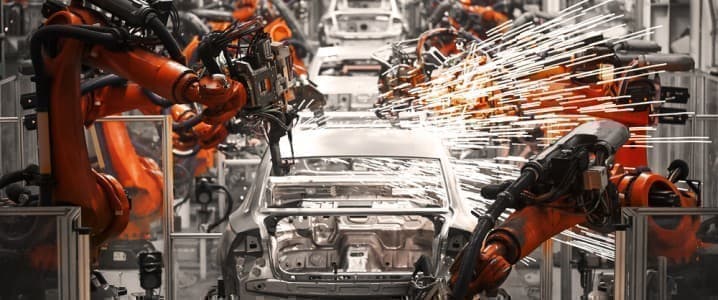Slovakia’s Auto Empire Is Facing Its Biggest Test Yet
One of Europe’s automotive manufacturing powerhouses, Slovakia, has been hit hard by tariffs and increased competition, which are threatening its role in the global auto market. Since the creation of the Bratislava Automobile Works (BAZ) in the 1970s, Slovakia has gradually developed its reputation as a major automotive manufacturer. It now produces the highest number of cars per capita each year, with an annual output of over one million vehicles.
Slovakia became known as “Europe’s Detroit,” attracting automakers such as Volkswagen, Stellantis, Kia, and Jaguar Land Rover. Its automotive industry contributes around 11 percent of the country’s GDP, as well as half of its industrial output. It also accounts for roughly 10 percent of national employment.
In recent years, it has broken into the electric vehicle (EV) manufacturing market, with plans from Sweden’s Volvo Cars to establish an EV facility in the central European country in 2026. This will be Slovakia’s fifth production plant. China’s Gotion High Tech and Slovakian partner InoBat also plan to launch an EV battery plant in Slovakia, which could attract more EV makers to the market.
However, growing challenges in recent years now threaten Slovakia’s reputation as Europe’s automaking powerhouse. These include the introduction of U.S. tariffs under President Donald Trump and increased competition from China’s growing vehicle manufacturing sector. In addition, rising national taxes and a geopolitical shift away from the EU have hindered the country’s automotive sector.
At present, Slovakia’s exports to the United States account for around 4 percent of the country’s total exports, with vehicles contributing around 80 percent of that export volume. This has made Slovakia highly reliant on U.S. trade and means it has been hit hard by the introduction of high tariffs on foreign goods.
The EU succeeded in establishing a framework trade deal with the U.S. in July, which reduced the tariffs on most EU products from the anticipated 30 percent to a lower 15 percent rate, and decreased tariffs on the bloc’s auto sector from 27.5 percent. Zuzana Pelakova, from the Slovakia-based thinktank Globsec, said, “In the current situation, the U.S.-EU trade alliance has stabilised, and tariffs have been lowered to 15 percent, which is certainly better than the initial proposal but is still challenging.”
However, when new 15 percent tariffs are viewed alongside the broader set of challenges faced by Slovakia’s automaking industry, it becomes clear just how hard the sector will have to fight to maintain its position as a global leader. Increased domestic levies, following the introduction of a transaction tax under Prime Minister Robert Fico’s government, aimed at curbing the budget deficit and funding social programmes, are undermining profits in the country’s automotive sector.



Leave a Comment
Your email address will not be published. Required fields are marked *